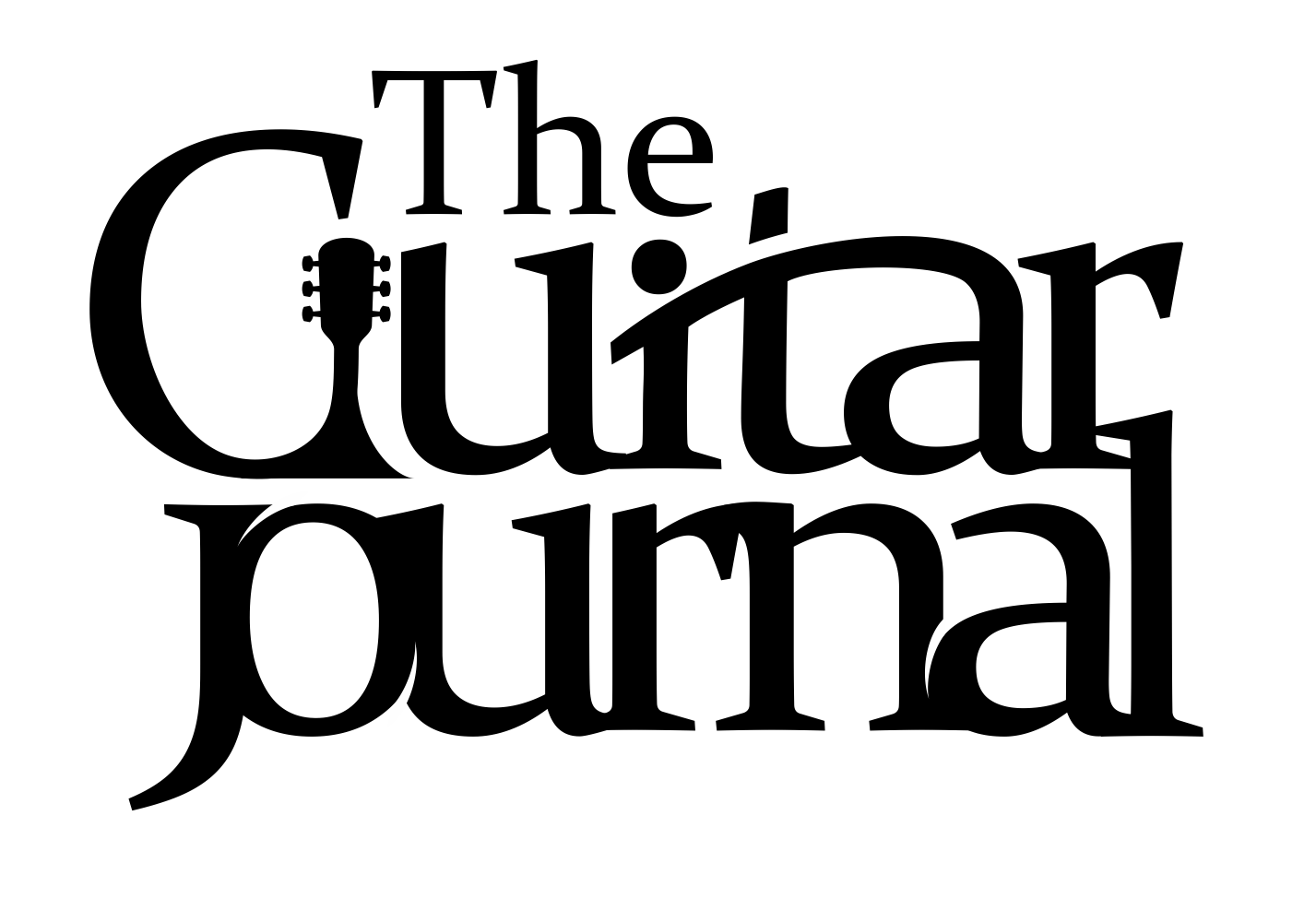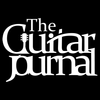3 Effects Pedals To Take Your Guitar Playing to the Next Level
GUEST POST - The vast amount of effects pedals on the market makes it extremely difficult for someone new to the electric guitar to choose the right ones for the right purpose.
So, let's assume you’re looking to take your guitar playing to the next level. You want the confidence to play with others or even form a band. Experimenting with different sounds will help you get there in several ways:
- Create your own distinct ways of playing a song, riff or solo.
- Help you create innovative ways of writing a song, by experimenting with different “feels” and levels of intensity.
- Also just messing around with different sounds is really fun! And, as I know from experience, you can easily spend hours (and hours) just mixing up various reverberations and other effects.
But to start with here are our some of my personal recommendations for great effects to get you started. Now, these may not ideal for everybody, but I hope my take on this will give you some valuable insight, and a great starting point to not only exploring the type of sound you really like but also having some fun learning as you go.
Overdrive Pedal
Think about how you can switch from a “clean” low volume sound to something that will really stand out whilst trying your best not to drown out the drummer and bass player (they get angry you know), or the backing track you may be playing along to.
Welcome to the overdrive pedal - whose purpose is twofold.
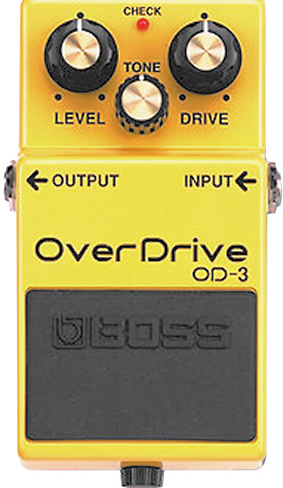
Firstly, to “boost” (increase) the volume of what you are playing. This can be used to great effect say when playing the chords that lead into the chorus of a song, so you can create a real build up to the overall sound. Also, it can be used to add some distortion as well. This is particularly useful playing a lead solo or a key riff within the song. Adding the overdrive gives extra bite and impact to your lead guitar playing.
In practice, most overdrive pedals allow you to do both, so the amount of volume or distortion you want can be easily controlled.
When playing live, I use the overdrive pedal for several songs, such as Sympathy for the Devil (Rolling Stones) when switching from the verse to the chorus. Also the main riff in Don’t Fear the Reaper (Blue Oyster Cult), and the lead guitar intro riff to Refugee by Tom Petty.
There are numerous other examples but have a listen to those parts mentioned above and you will see why the overdrive pedal is an essential pedal for electric guitar, and how it can be very effectively used in pretty much any song. The overdrive pedal that I use is the TC Electronic MojoMojo Overdrive Pedal. It’s simple, easy to use, and does the job just great.
Chorus Pedal
The next pedal I would consider to be really important and effective, is the Chorus Pedal.
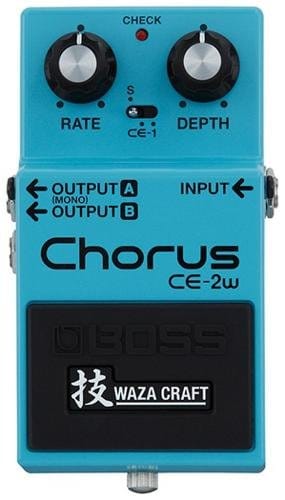
Now, this is an extremely versatile pedal that can create a consistent sound that “fills out” your sound and can be used in a number of settings. The chorus pedal is a modulation effect that splits your signal into two parts and delays, creating sounds ranging from a subtle warble to a full “dreamy-type” sound. Either way, it will add to the texture of your playing.
Due to the great variances within the pedal, its versatility means you will never want to play without it! It is great for rhythm playing (especially funk and jazz) and also really adds depth when used in conjunction with an overdrive pedal. Sometimes it is not always obvious when a chorus-type effect is being used, but I use it when playing the rhythm part of Play That Funky Music.
Also, the intro to Hotel California (I believe the original uses Chorus, Flange, and Phase). Once you’ve got the feel for the Chorus effect, you might want to explore what the flange and phase effects can add to this to deliver an even richer and deeper sound or effect. Another great song for the Chorus effect is Long Train Running by The Doobie Brothers.
The Flanger and Phaser pedals tend to be less subtle, but I added both these to my armory once I had mastered the Chorus pedal. My personal recommendation for the Chorus pedal is the Boss CH-1 Super Chorus. It’s simple, robust and well made.
Wah Pedal
The third and final pedal in my starter setup, is the Wah pedal.
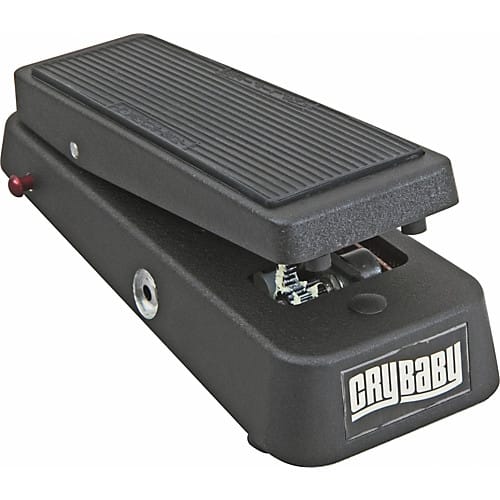
You’ve no doubt seen many guitarists use them, and once again they’re great fun and really add something special to your playing. However, they are not so easy to master and many other pedals - it’s not just a case of switching them on or off. The Wah pedal is something you have to continually control.
So it takes some getting used to. But it allows you to add emphasis to different parts of your playing, so each time you play easy guitar the song or solo, you can add an element of uniqueness to it. Using one of your feet to open and close the pedal to varying degrees, you alter the tone and frequencies of the guitar signal to create a distinctive sound.
It mimics a human voice as though you are saying "wah-wah". These pedals are not necessarily easy to master but can be used across all styles of music and for both rhythm and lead parts.
If you have a list of some of these songs, you’ll start to hear and understand how they are using the Wah to add something special to the song and their sound.
- Jeff Beck - I Ain't Superstitious
- Stevie Ray Vaughan - Telephone Song
- Guns N' Roses - Sweet Child of Mine.
- Steve Vai - "Bad Horsie"
- Blind Faith / Presence of the Lord.
- George Harrison - "Wah - Wah"
- Cream - White Room
- J J Cale - Call the Doctor
- And a whole array of Jimi Hendrix numbers
Used in conjunction with our other two pedal recommendations is also a must. Mastering a wah pedal will encourage you to learn great songs like those listed above, and keep you motivated to play more and improve as you work towards your own guitar playing goals. However, you have to bear in mind that, unlike “standard effects” that have more exact settings you can pre-set, the wah pedal is of a more manual nature as it is you, the guitarist, who operates the effect yourself.
Similarly, the best wah pedal for you might not be what other people claim is the best, because every guitarist has different needs and will decide to operate it differently. Before you decide on which pedal to buy, make sure you have done some research, read a few reviews, and maybe tried a few out. The most important thing is for you to be comfortable with the feel, usability, and sound.
Different Wah pedals are good at creating different sounds or tones.
As a simple guide it’s worth you taking a look at the following Wah pedals and try them out if possible, so you can see which suits your style of music and playing. You may want to go for one that will give you more of a classic tone, or one that’s unique and edgy, or maybe one that you simply plug in and play with minimal options.
- Classic Tone: Dunlop Original Crybaby (This is Wah that I use)
- Budget: Behringer Hellbabe. This offers a good array of tone-sculpting options
- Modern: Morley VAI-2 Steve Vai Bad Horsie 2 Contour Wah – Set to Steve Vai’s specifications, it is a great wah.
- Flexibility: Ibanez WD7 Weeping Demon wah – Many different functions that go above and beyond the norm
Conclusion
Once you have your initial effects rig set up and ready to go, it is important to be able to understand how you will be using each pedal and become familiar with all its functions and the different tones you can achieve. This may also involve tweaking your amp to assist with this, as every different model of the amp will produce different sounds, to more or less of a degree. For example, you will probably have to increase the distortion level on your overdrive pedal if you use a transistor amp, as opposed to a Marshall stack.
So try them all out and use them in conjunction with each other. As a general rule when you first start with effects pedals we all go a bit overboard creating weird and wonderful sounds, but with more practice and experience you’ll realize the most effective use of pedals is when they are used subtly. But to start with, just get plugged in and I’m sure you’ll have a blast.
Author Bio:
As a well respected player, teacher and coach, Andy Partridge is the lead instructor for Guitar Coach Magazine. Andy’s gentle step by step approach, and detailed note by note lessons, will give you the confidence, reassurance and motivation you need to really achieve your guitar playing goals sooner than you thought possible. His relaxed and engaging teaching style (complete with sometimes questionable jokes) make learning easier, faster, and so much more fun.

